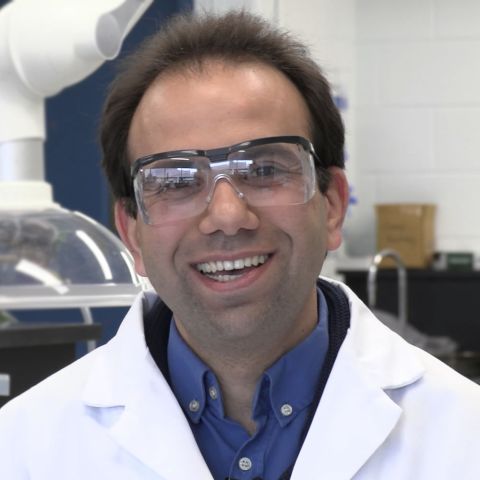
Please read Prof. Ghahreman’s biography here: https://hydrometallurgy.ca/index.php/team-2/director/
Ahmad's primary area of interest is hydrometallurgical processing of resource materials. While at Barrick, he was involved in development of new technologies for metals recovery (e.g. gold and copper) and immobilization of toxic species (e.g. arsenic and mercury). Ahmad's long-term research goals at Queen's University will focus on the extractive metallurgy and mineral processing aspects associated with the following research areas:
Please review Prof. Ghahreman’s publications here: https://hydrometallurgy.ca/index.php/publications/journals/